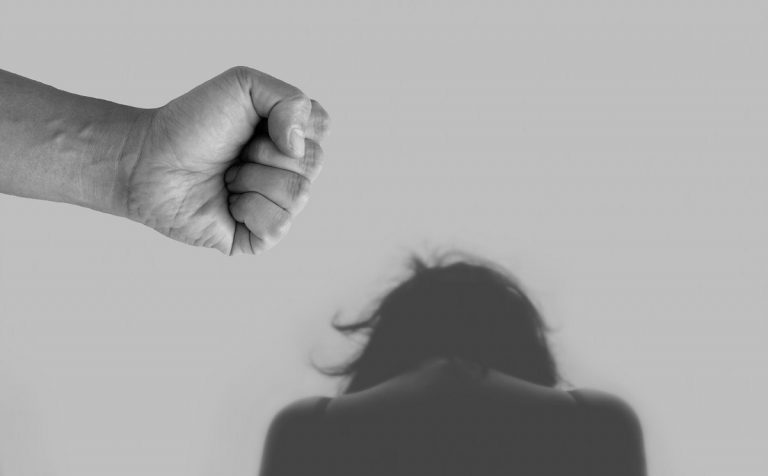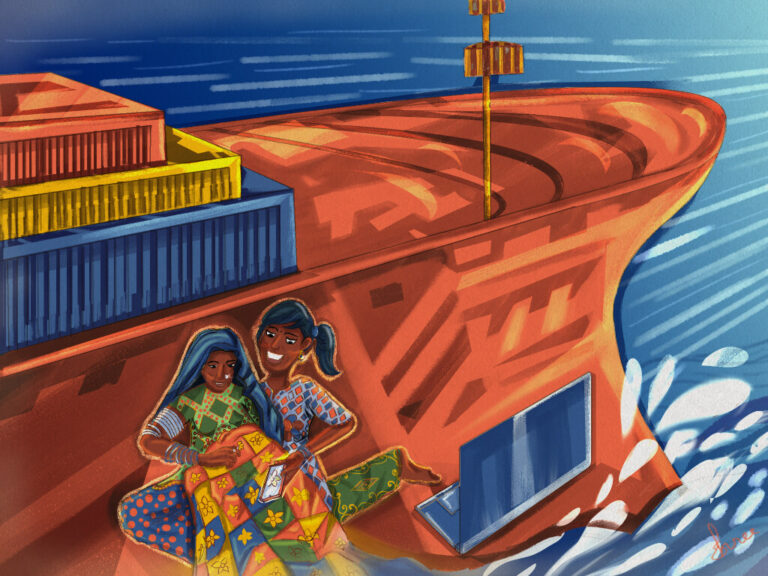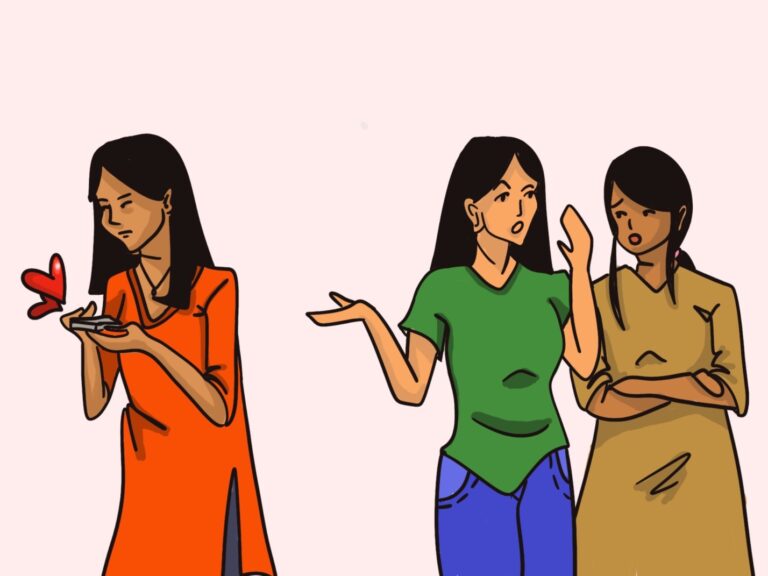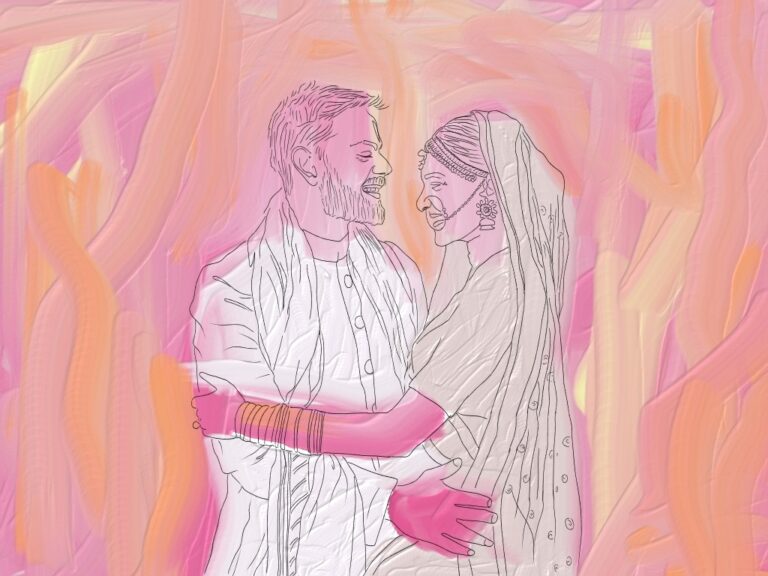Women’s Road Safety: Feasible or Distant Dream?
Vidhi Bubna is a young changemaker working towards making the world a more equal place.
It has been a long day. I am rushing from a metro station to catch a shuttle, to get back to my university. Like any urban, privileged boy, I have become used to the incongruities and heterogeneity in the layout of roads and public space as I transit from one space to another. Inside the metro, I am comfortable. The moment I step out however, there is this sweltering heat and rush among people. Sometimes while climbing down the stairs for exit, I fear that I might fall down. I slither through a narrow, crowded lane. After finally reaching my seat; I take a moment to breathe in relief. However, when I talk to a female friend who has traversed the same path a number of times, her experience sounds different. Unlike me, getting slight bruises on arms or slipping down while running is not the only threat that she has to be mindful of. Within the few minutes of running, she also has to pretend that she is oblivious to the hooting and teasing and lewd commentary from stray men who erode decency from public spaces with their vulgar behaviour. Her account makes me wonder, has my body and gender made me immune to certain kinds of threats and experiences that consistently endanger half of humanity, with the public authorities paying only lip-service to it?
Safety for women on roads has always been an issue. For all our hue and cry about gender equality, we overlook a simple fact about urban public life that is too glaringly obvious, if we ever run a keen eye around. Men and women use public spaces differently.
Men can be found sauntering around, walking at variable paces according to their mood and whims. They are found on the dingy corners of narrow lanes and streets, playing cards, or just hanging out by the stalls, sipping tea and gossiping.
Women look at streets, footpaths, and roads differently. They step out into the public space only when they have a reason. They are usually in a hurry to reach somewhere- workplace, grocery store, shopping mall or likewise.
They self-monitor and police their freedom while travelling, or availing public transport.
Men are more likely to be motivated solely by economic consideration while choosing a mode of transport. For women, safety oftentimes becomes the pervasive factor that determines their decisions. They might opt for a taxi, instead of local train or bus, simply to avoid a lot of staring and lewd comments that go about unnoticed and unhindered to the public eye.
The scenario seems quite hopeless. One would think that a phenomenon so obvious would not escape the eye of lawmakers. Safety on roads, after all, is an objective need. How could you even debate it?
Are politicians and lawmakers really listening? Apparently, yes. Or they say so at least.
Street-lights in Mumbai recently exhibited a change in 2020. They have begun posting female symbols on 240 pedestrian traffic signals across the city. The quintessential male symbol wearing pants has been replaced by skirts. This change was endorsed by a Minister on Twitter, who said that the change in symbols reflects the value of gender-equality that the city believes in. The shift has been characterized as a reflection of the progressive spirit that Mumbai embodies.
However, in the absence of any real-time change or an increase in the number of street-lights available on dark and dreary lanes, whose character shifts by the hour of the clock and becomes creepy and mysterious in the dead hour of the night, the more urgent question to be asked; is whether women really feel emboldened and empowered by this change.
It is surely a welcome step, for it normalizes the idea that the streets and roads belong to women and girls. A generation of girls who would grow up looking at the female symbol and not just the man-symbol that is usually assumed to be a representative of the whole of humanity would internalize the belief that the public space is as much theirs as anybody else’s.
However, part of the reason why women do not feel safe in public spaces is because of the threat of harassment, voyeuristic glare, eve-teasing, chain-snatching, and other gender-based offences and sexual threats which still pervades.
The accused in cases of crimes against women are less likely to be convicted, compared to suspects in other types of cases. A survey in 2018 by the Thomas Reuters Foundation (a poll of 550 global experts) had ranked India as the world’s most dangerous country for women. It had reported 33,536 rapes and 89,097 cases of assault against women, according to government statistics. Women’s safety on roads, lanes, buses, trains and metros is often talked about, but it is never considered to be an issue significant enough during elections.
Women also face obstacles in education and employment. For every 100 boys in the country, only 73 girls are enrolled in secondary schools, according to government statistics. And women work fewer paid hours than men, bearing the brunt of unpaid domestic labour.
Women’s representation in Parliament is a mere 11 per cent, despite women’s active involvement in Gram Panchayats, and grass-root activism for decades. Studies and observations reveal that women, for all their education and qualifications, when they fight an election campaign in India, often have to claim patronage from a patriarch of the party they represent; for people are less likely to vote for a woman otherwise.
Women don’t get to make laws in our country- and that’s possibly one of the prime reasons why law-making and its implementation is alienating them. The narrative of women as vulnerable and needy beings who require protection from the state, and the men in their families, is often bolstered by the state; but it only becomes an excuse to further justify their confinement within homes.
Male entitlement and privilege over public spaces have been so normalized within a patriarchal mindset that it always seems easier to police women and restrict their movement, than to even voice out the urgent need to make spaces safer and more accessible for them.
Politicians on-record have resented the growing culture of pubs, restaurants and nightlife in metropolitan cities. They attribute the increasing number of rapes to the trend of women consuming alcohol. This kind of attribution is not rare within a conventional male psyche, that refuses to acknowledge the fact that public spaces in India deny safe access and recreation to half of humanity.
Rather, gender-based violence and crimes in urban areas are found to be correlated to a lack of lighting and public visibility. When an area is remote and dark due to the absence of street-lights, it automatically becomes unsafe.
Some theorists suggest that a very easy method of making roads safer for women is to increase the prevalence of the public eye. By building cafes, restaurants, malls or shops on empty spaces of land, the frequency of public commute increases. The presence of a greater number of people within a space decreases the probability of violence, threat or sexual offences.
The core obstacle that challenges the project of ensuring safety for women on roads is the mindset of people. Men and women both, tend to think of women’s heightened vulnerability to offences and crimes as an excuse to regulate their freedom and movement. Women are more likely to be perceived as victims requiring protection, rather than citizens who deserve equal access to public spaces as men.
Most studies reveal that attributing crimes against women to their clothing and behaviour is a toxic trend that accentuates and justifies rape-culture because such a thought-process sees offences as something that happens to a woman due to her lack of integrity or morals, rather than the heinous intent of a perpetrator. A victim-blaming culture that condemns women each time they become too vocal, but refuses to acknowledge systemic discrimination, violence and exclusion that they are subjected to, only accentuates the conflict, without yielding any means for redressal.
Women’s seclusion to private spaces, and a distinction between ‘inner’ and ‘outer’ world for them, has been an age-old reality. Have those realities actually changed, or is a lot left to be done?
Women often have to build protest movements and marches to reclaim public spaces and assert the belief that public space as a site of leisure should be accessible to them. But when the state refuses to see women as citizens deserving rights and reduces them merely to a vulnerable group in need of protection, the attitude breeds male-chauvinism and patriarchy and does little to bring about any real-time change.
Whether the change in lighting symbols would actually become empowering, or remain a tokenistic concession, would depend on the attitude of lawmakers, administration and traffic police. What remains to be seen is whether the public would become satisfied with a symbolic gesture and engage only in backlash and verbiage on social media, or actually take cognizance of the fact that patriarchal culture has silenced the everyday reality of violence against women, both within and outside the home.
Featured Image Credits: Terry Boynton on Unsplash








